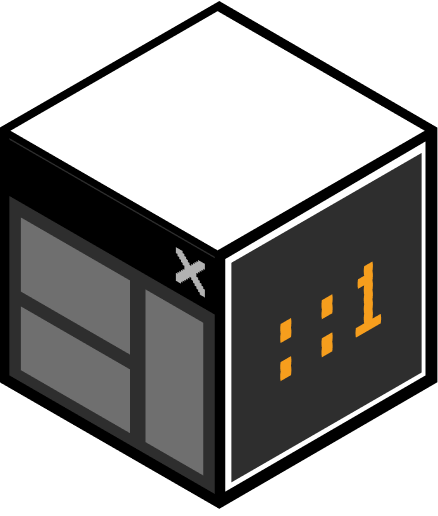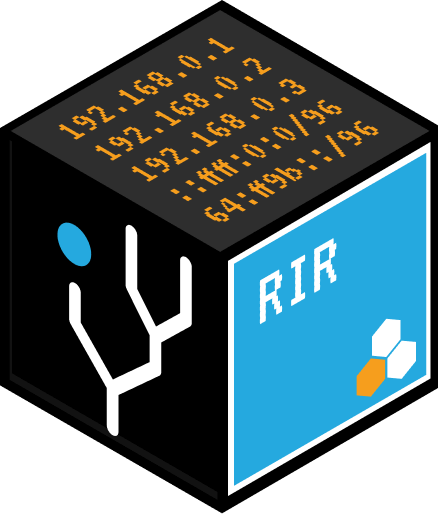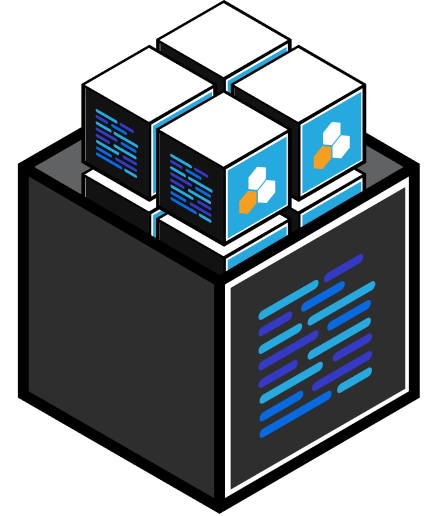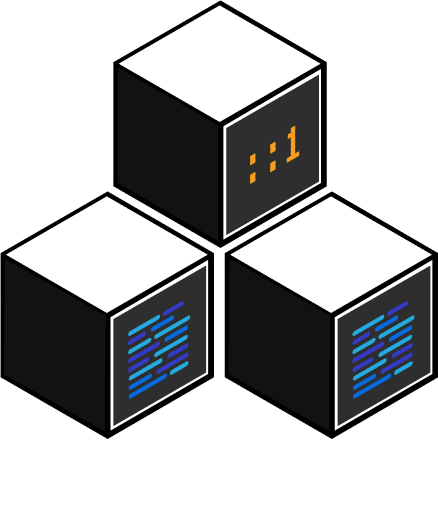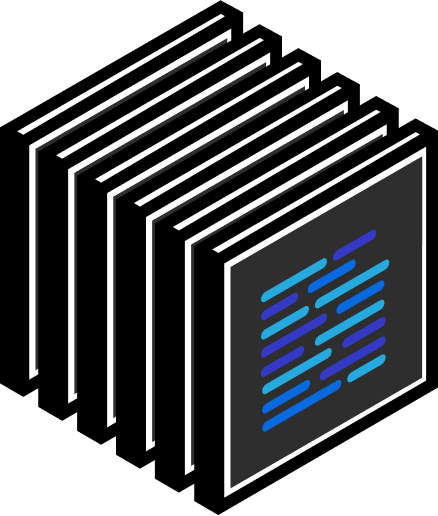In case you haven’t heard – Internet Systems Consortium (ISC) released new documentation introducing Domain Name System Security Extensions (DNSSEC) and configuring BIND (Berkeley Internet Name Domain) for common DNSSEC features. BIND is an open source software that implements the DNS protocols for the Internet, and it’s also production-grade software, suitable for use in high-volume and high-reliability applications.
BIND is the oldest DNS software solution, and according to ISC, “BIND is by far the most widely used DNS software on the Internet, providing a robust and stable platform on top of which organizations can build distributed computing systems with the knowledge that those systems are fully compliant with published DNS standards.”
ISC’s BIND DNSSEC Guide covers DNSSEC requirements, troubleshooting, maintaining signed authoritative zones, migration and rollover ‘recipes’ and analyzing DNSSEC-related problems. It answers frequently asked questions about DNSSEC and also provides several step-by-step examples of DNSSEC solutions.
The BIND DNSSEC Guide is available in HTML and PDF formats:
http://users.isc.org/~jreed/dnssec-guide/dnssec-guide.html
http://users.isc.org/~jreed/dnssec-guide/dnssec-guide.pdf
Since ISC is one of 6connect ProVision’s integration partners, proper configuration is a must for these types of systems.




